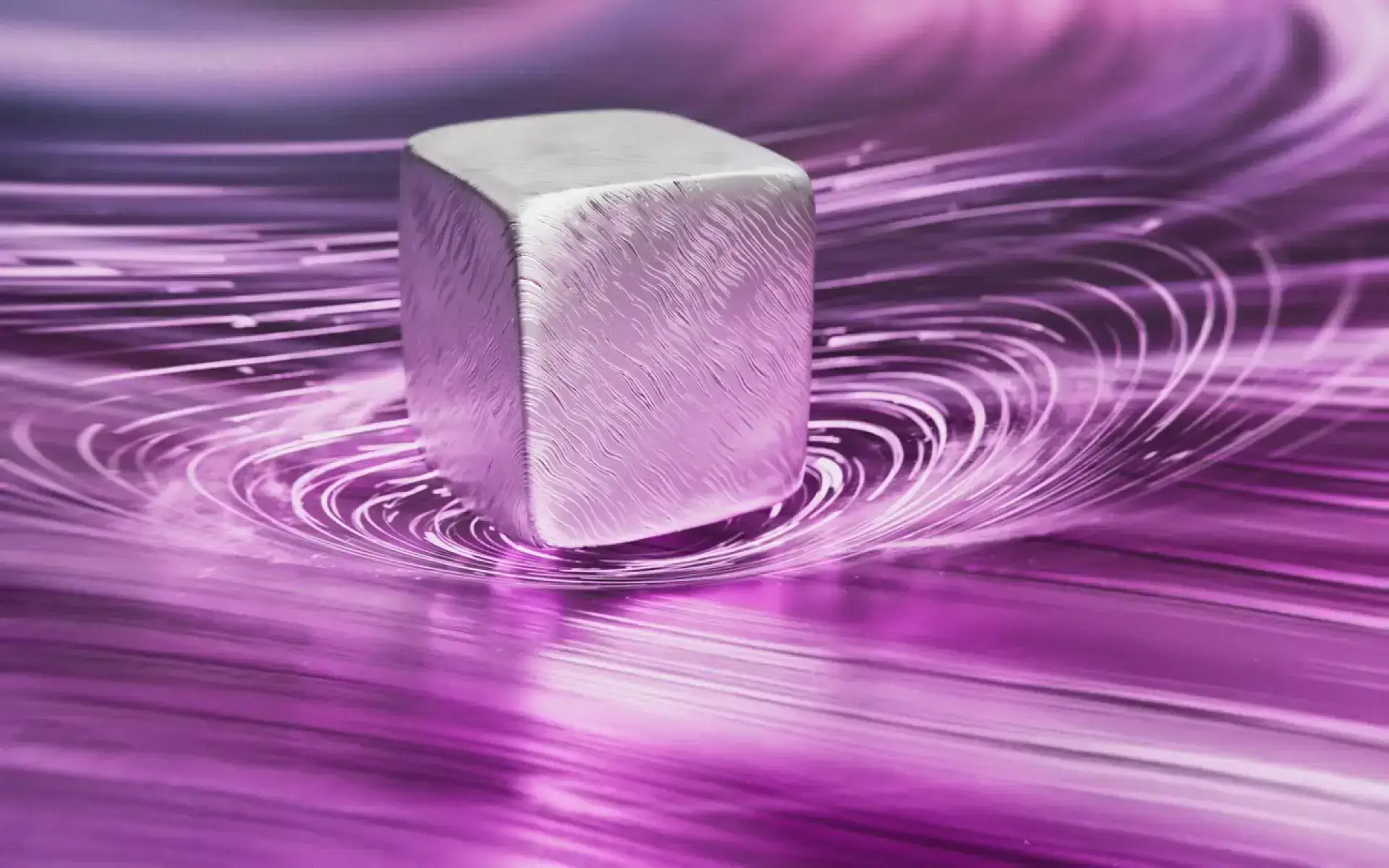The scientific community is buzzing with the groundbreaking revelation of the first-known natural unconventional superconductor – Miassite.
Superconductivity, a state where electrical resistance within a solid material drops to zero, was first brought to light in 1911 by the Dutch scientist Heike Kamerlingh Onnes and his students. Ever since, the scientific world has been on a quest to decipher its various forms.
The conventional superconductors adhere to a well-established model known as Bardeen-Cooper-Schrieffer Theory (BCS). According to this theory, special electron pairs held at a low temperature result in a state of matter called Bose-Einstein Condensate (BEC), thereby inducing superconductivity.
However, a significant challenge with BCS is that it demands extremely low temperatures and high pressure for a material to achieve superconductivity. This makes it an expensive process as cooling anything to near absolute zero requires substantial resources.
Unconventional superconductors, as the name suggests, do not comply with the BCS theory. Until now, the identification of unconventional superconductors involved synthesizing materials in laboratories and subjecting them to near absolute zero temperatures – a feat that was technologically impossible for an extended period.
In 1978, Frank Steglich, a German physicist, discovered the first unconventional superconductor, a “heavy fermion” superconductor composed of cerium, copper, and silicon, in his laboratory. This superconductor did not adhere to the BCS theory, indicating that its superconductivity originated from a different source.
Miassite, a gray, metallic mineral composed of rhodium and sulfur, was recognized as a regular superconductor in 2010. However, a recent study has revealed its unconventional superconductivity, making it the first of its kind to occur naturally.
Miassite distinguishes itself from its counterparts through a series of unique tests that it successfully passed. These tests included the London penetration depth test, which measures a material’s response to a weak magnetic field, and another that involved creating defects in the material to observe its effect on the temperature at which it becomes a superconductor.
The researchers also studied the energy gaps in the material, a critical factor in enabling superconductivity. When cooled sufficiently, the energy range of the material changes, allowing electrons to move freely without resistance.
Miassite’s superconductivity can be attributed to its components – Rhodium and Sulfur. Rhodium, a fragile superconductor on its own, contributes to superconductivity in various lab-made compounds. Sulfur, on the other hand, is found in superconductive hydrogen sulfide, a gas that wouldn’t naturally occur in a solid mineral form unless in specific environments like inside Uranus.
Miassite is a rare case of a naturally occurring mineral demonstrating unconventional superconductivity. It joins the ranks of naturally occurring superconductors like covellite, certain meteorites, parkerite, palladseite, and more.
However, it is important to note that despite its natural occurrence, it is highly unlikely for any natural sample of miassite to be superconductive. This mineral is typically found as an inclusion, like chocolate chips in a cookie dough, and some deposits can be traced back to the formation of the Solar System, approximately 4.45 billion years ago.
